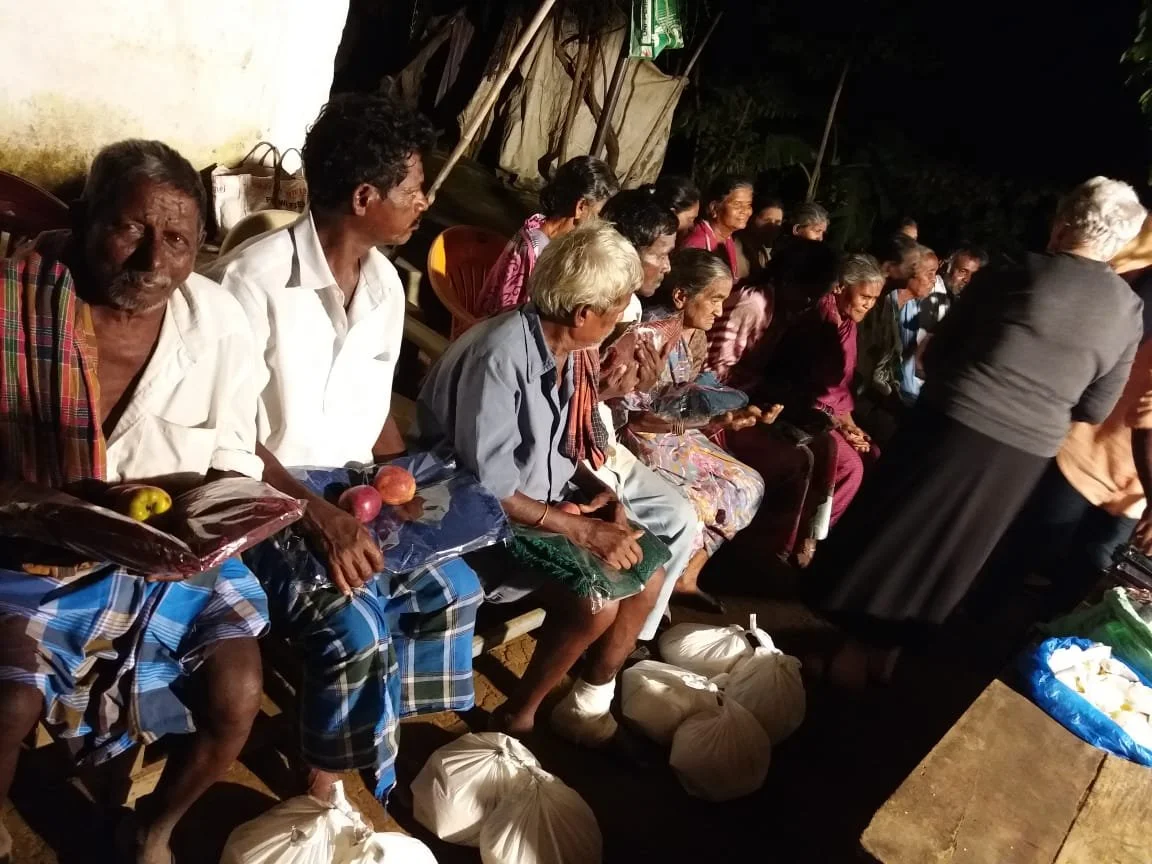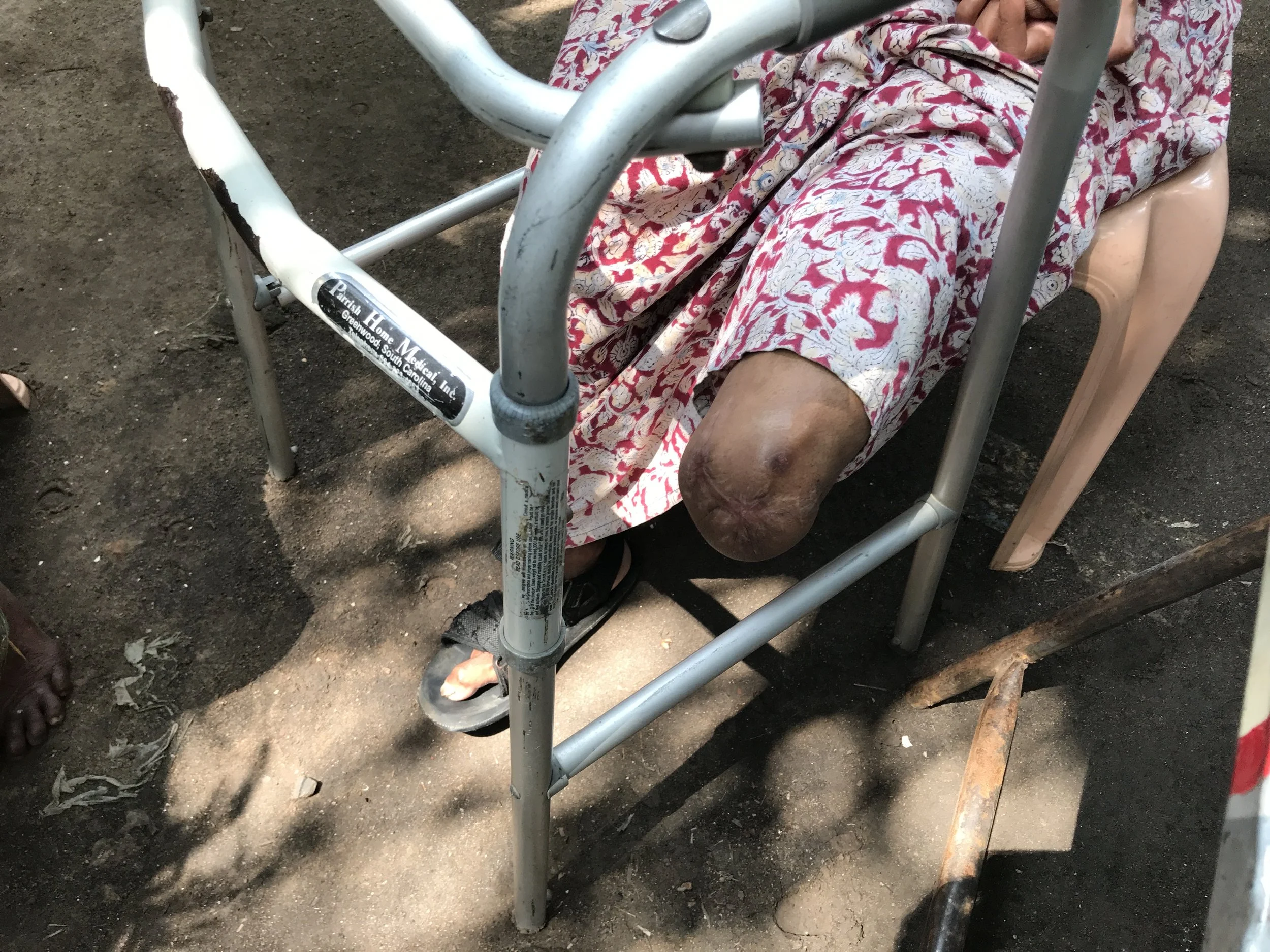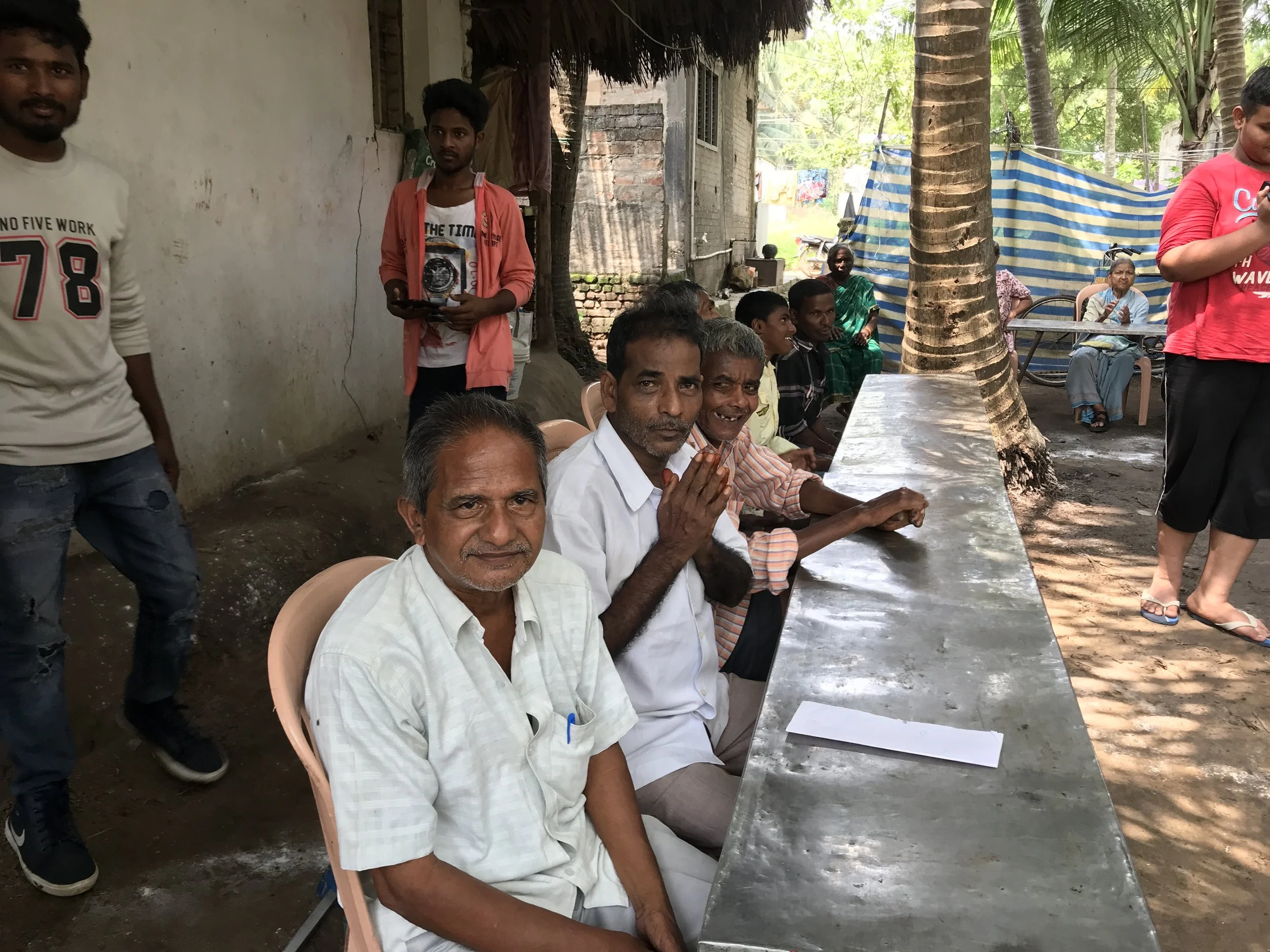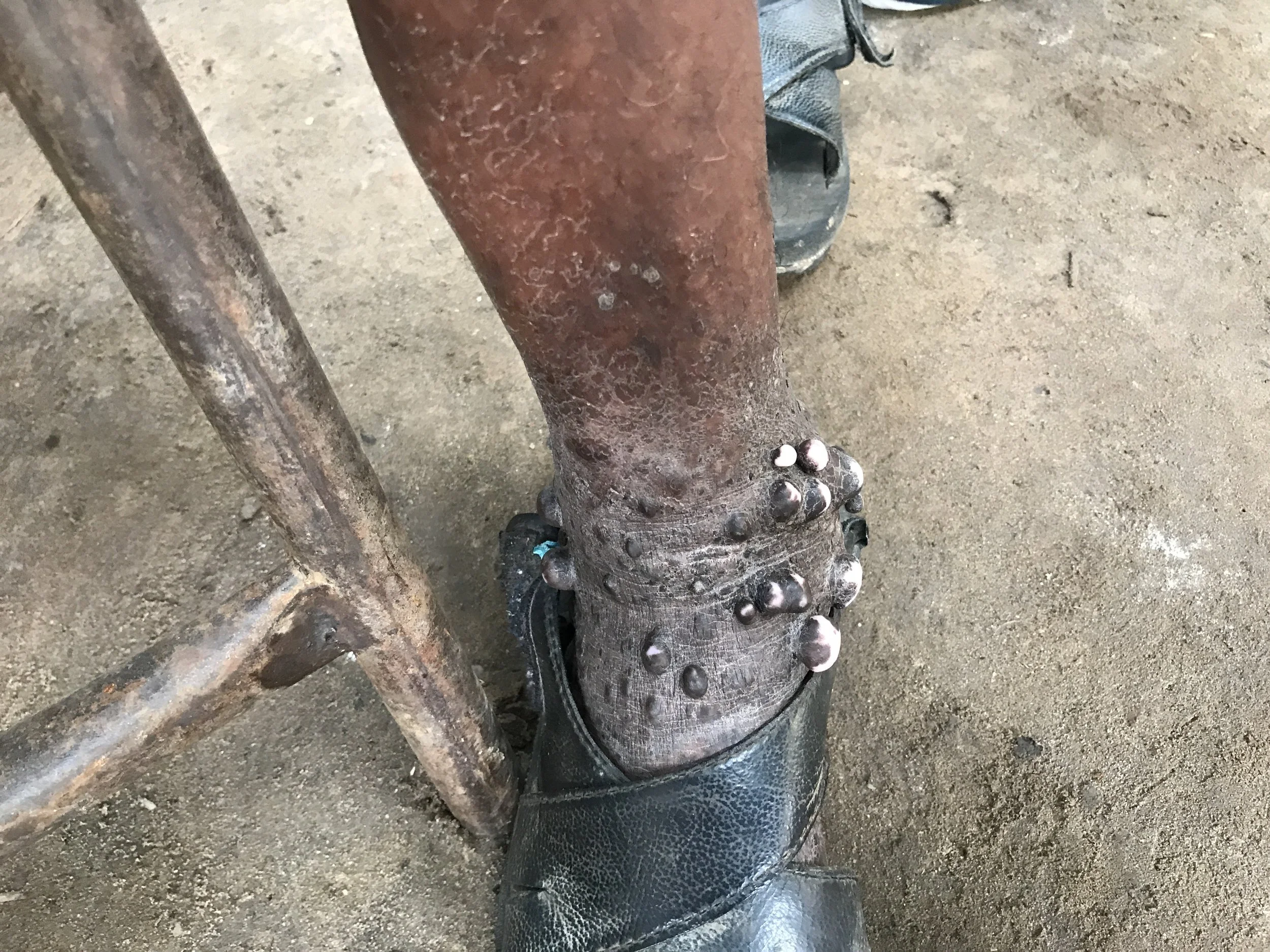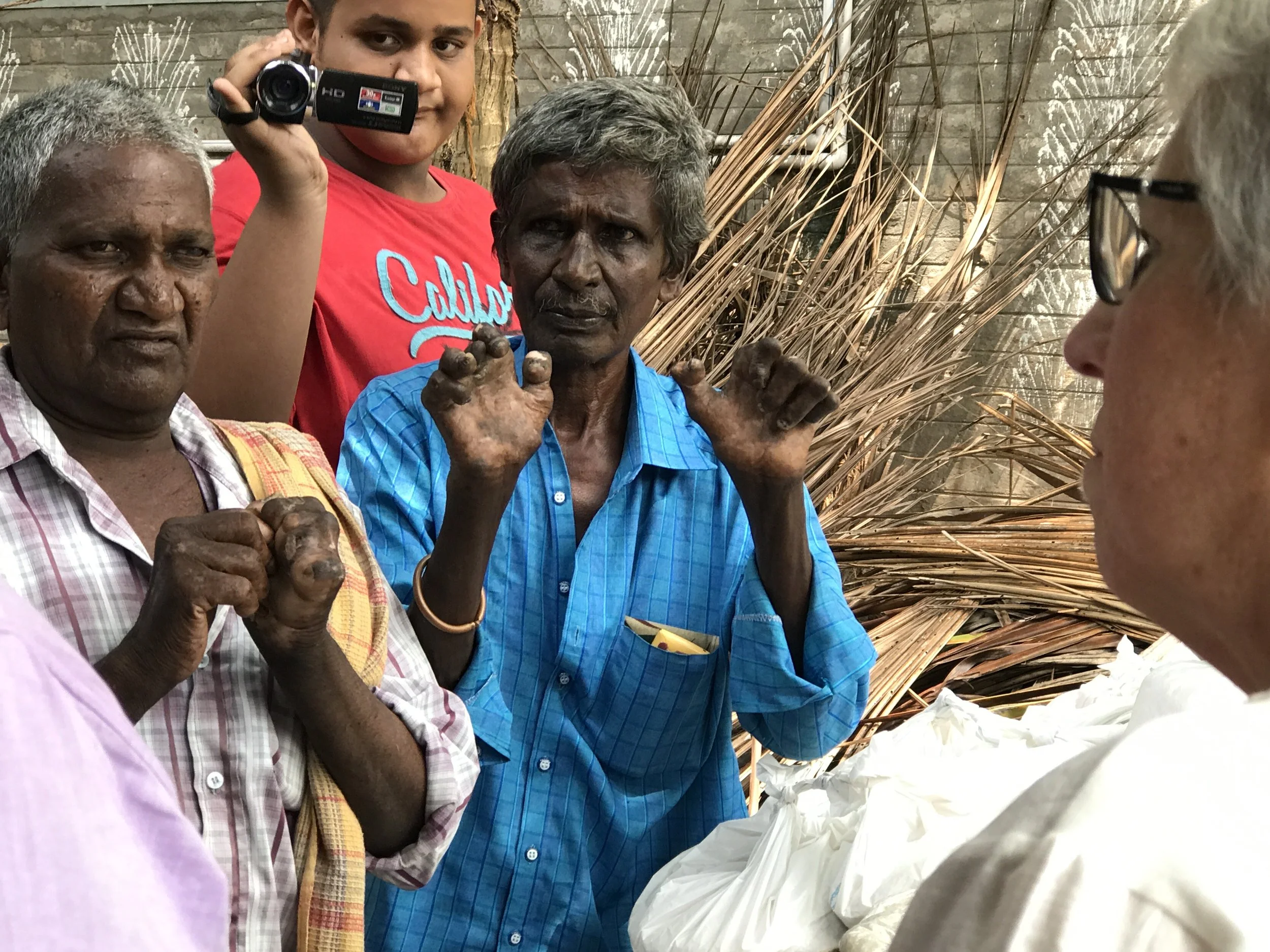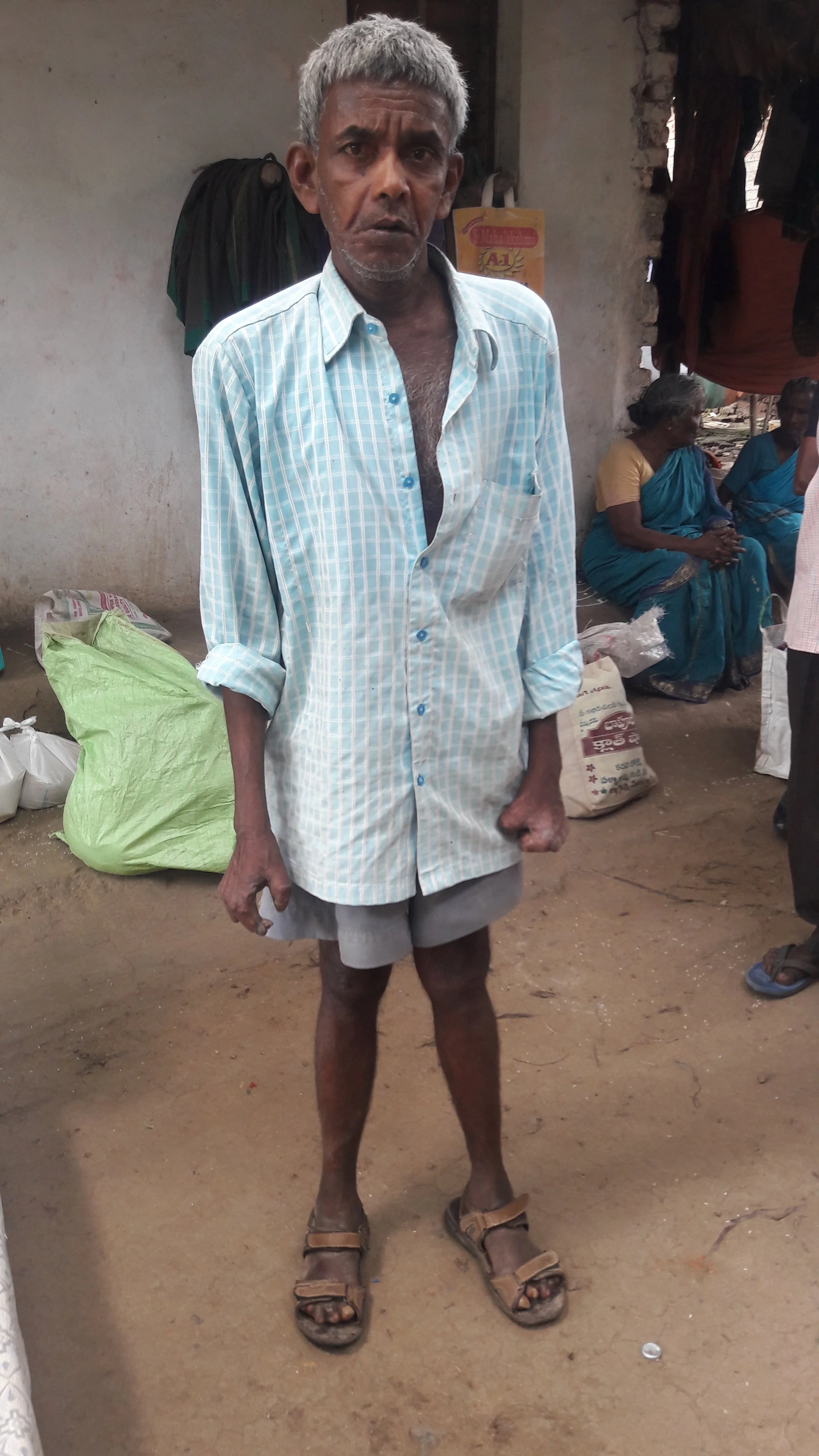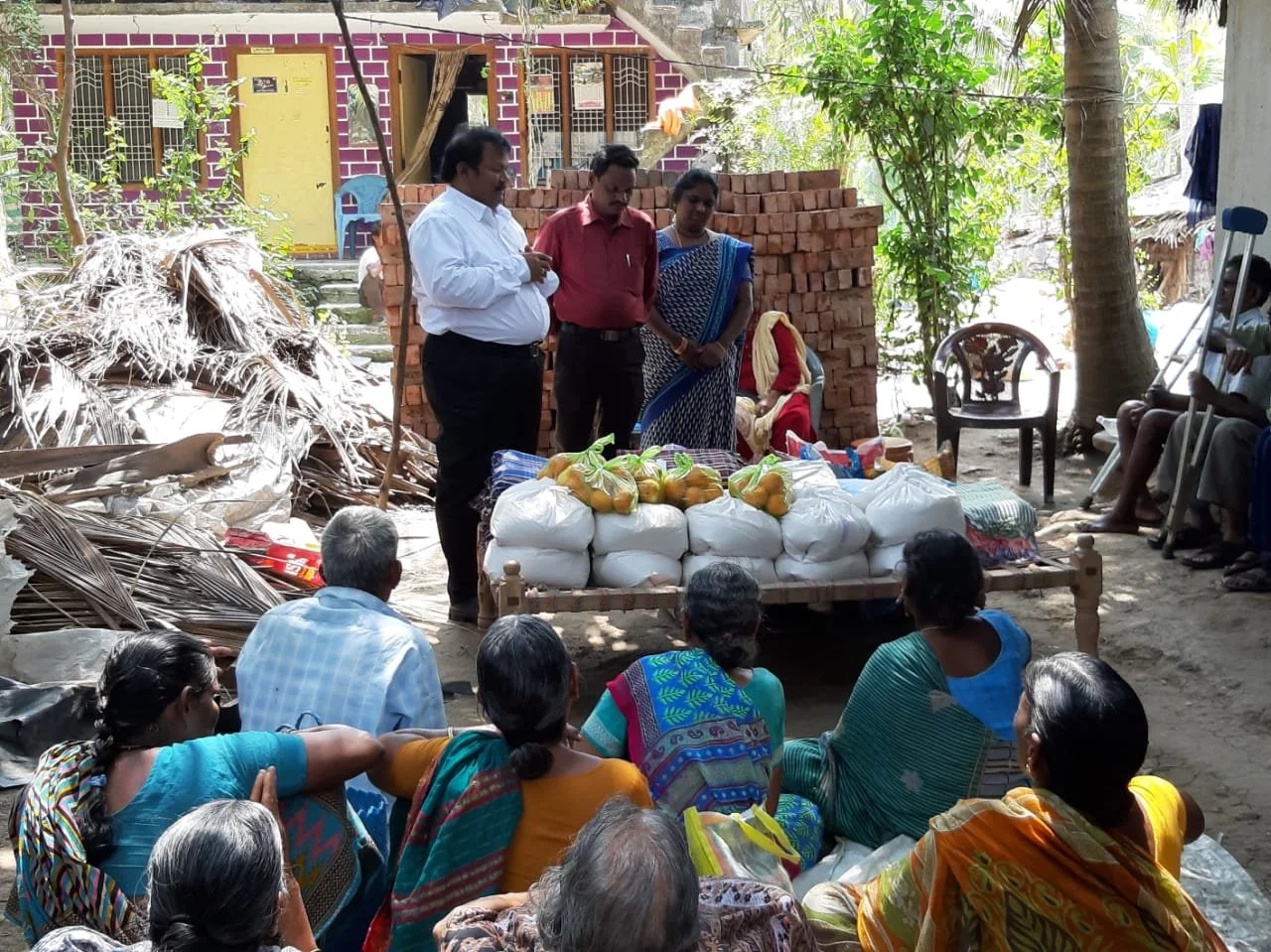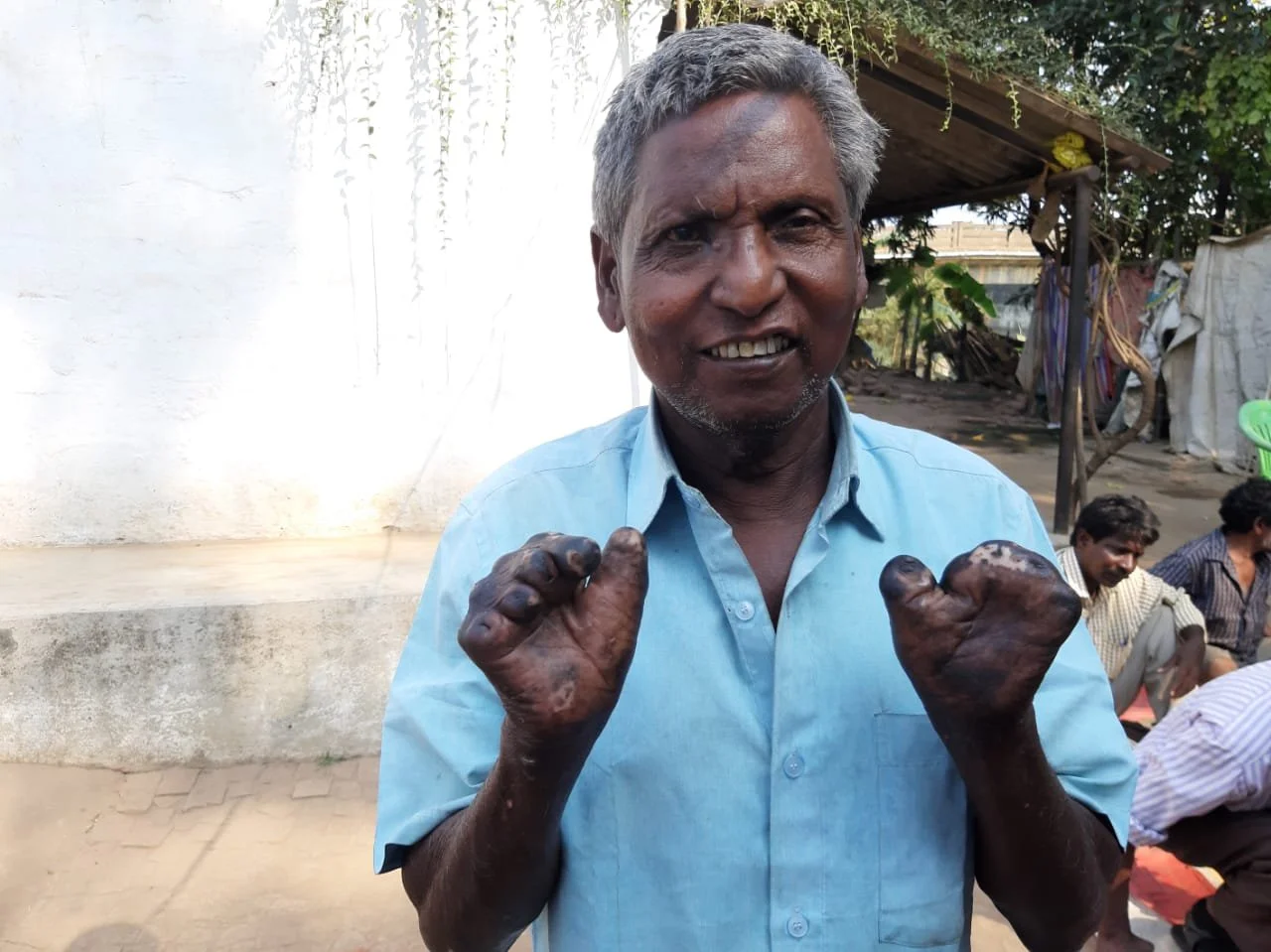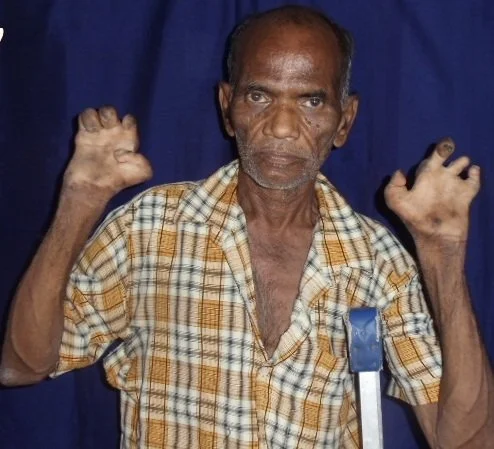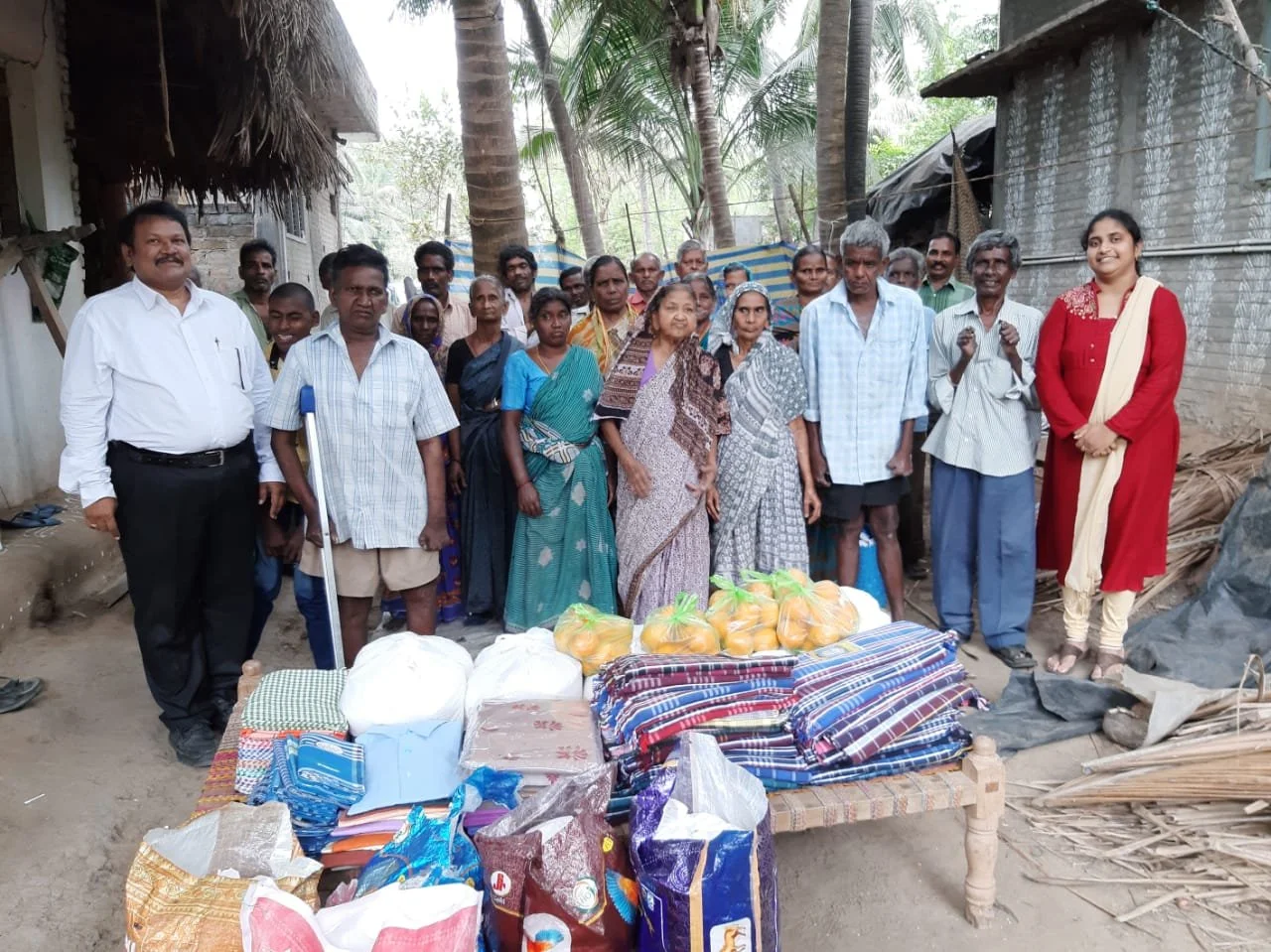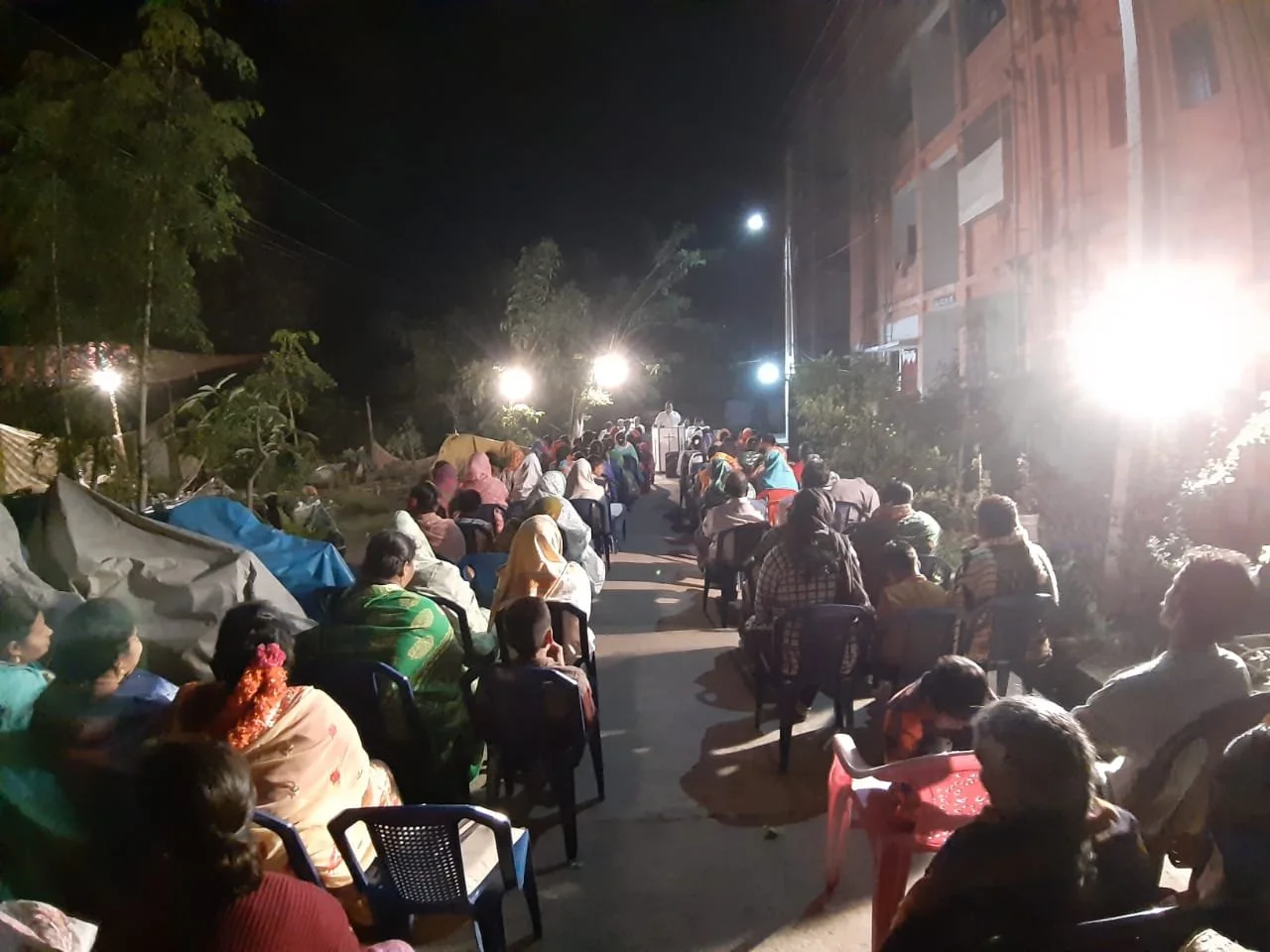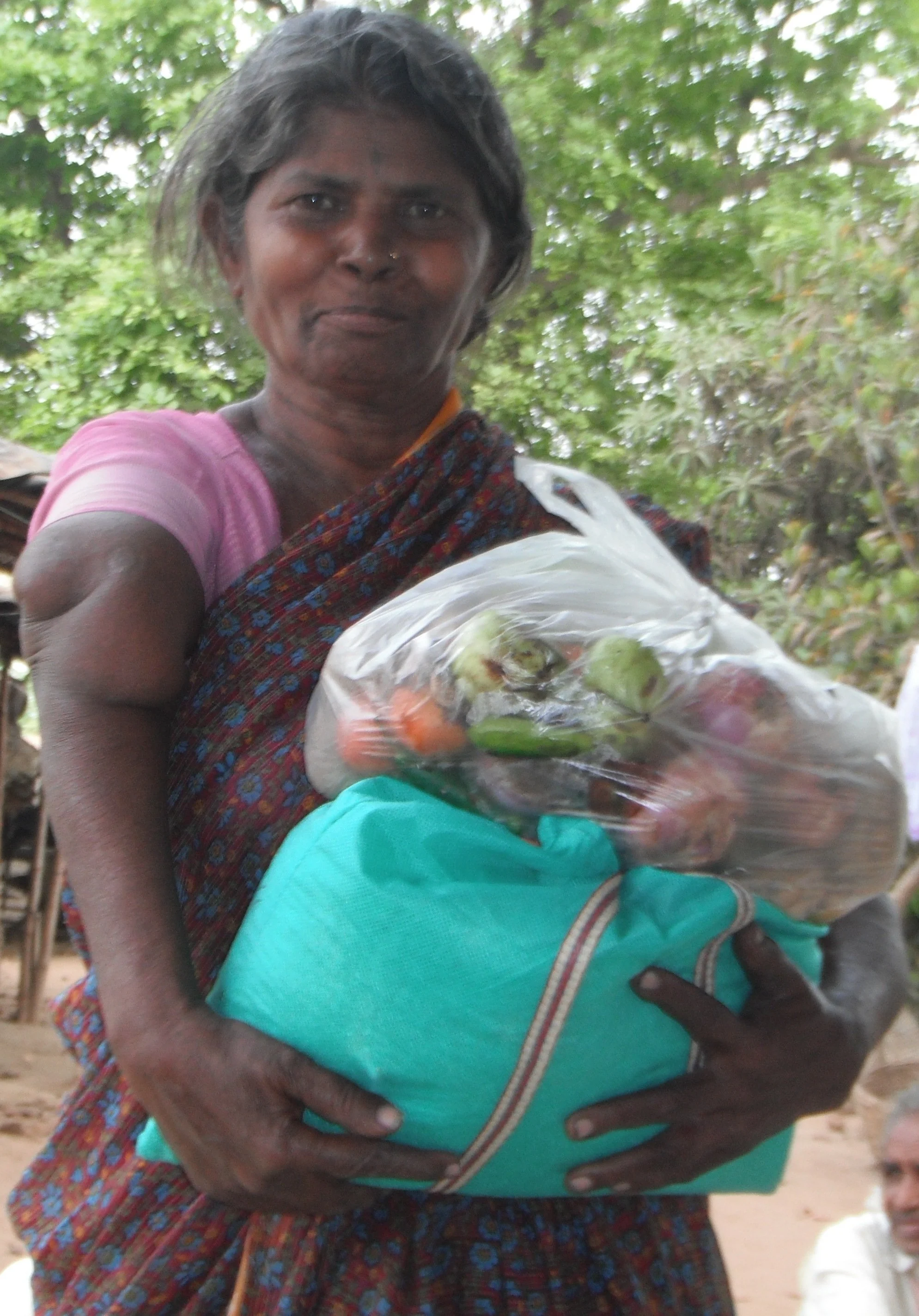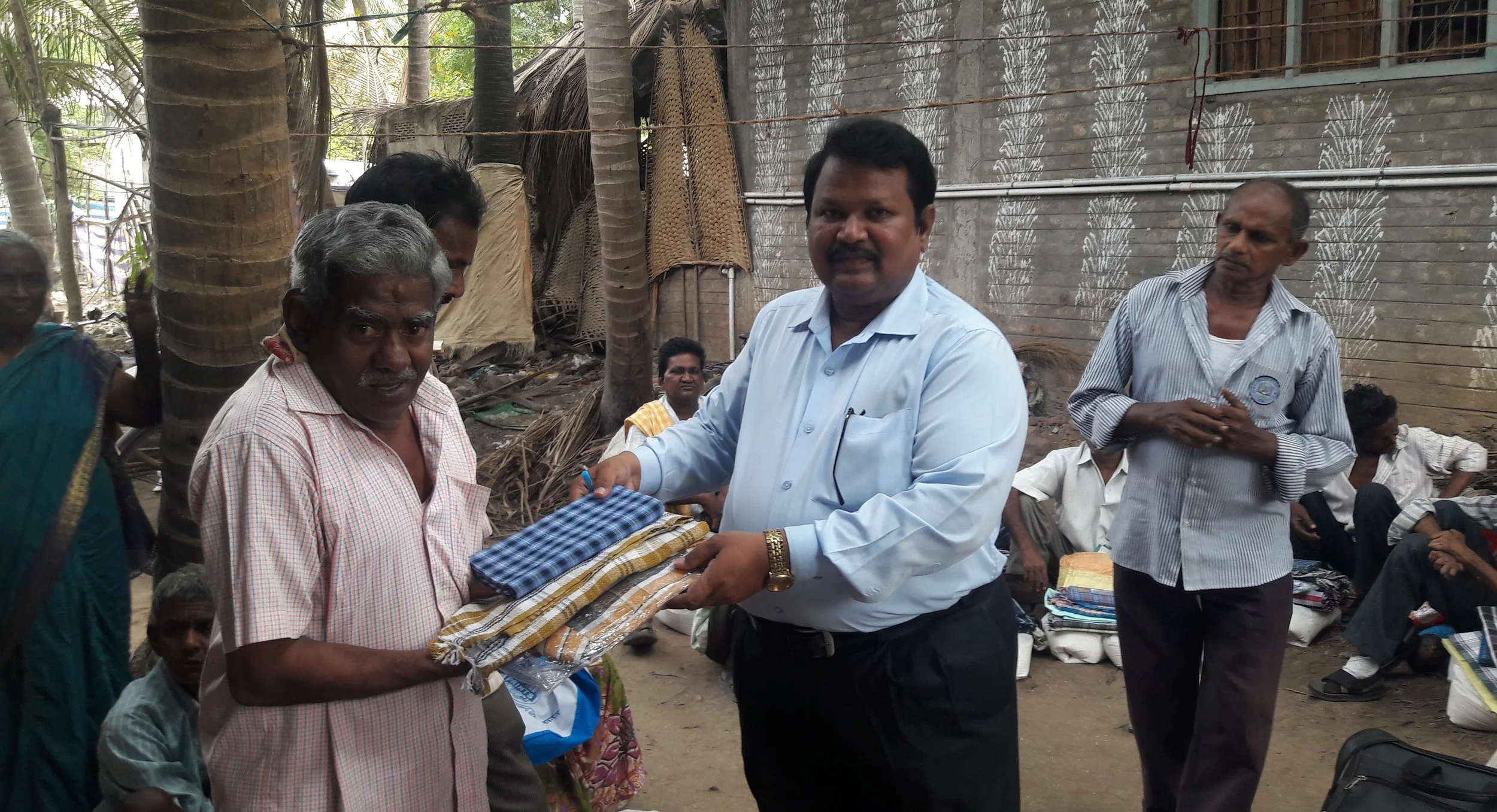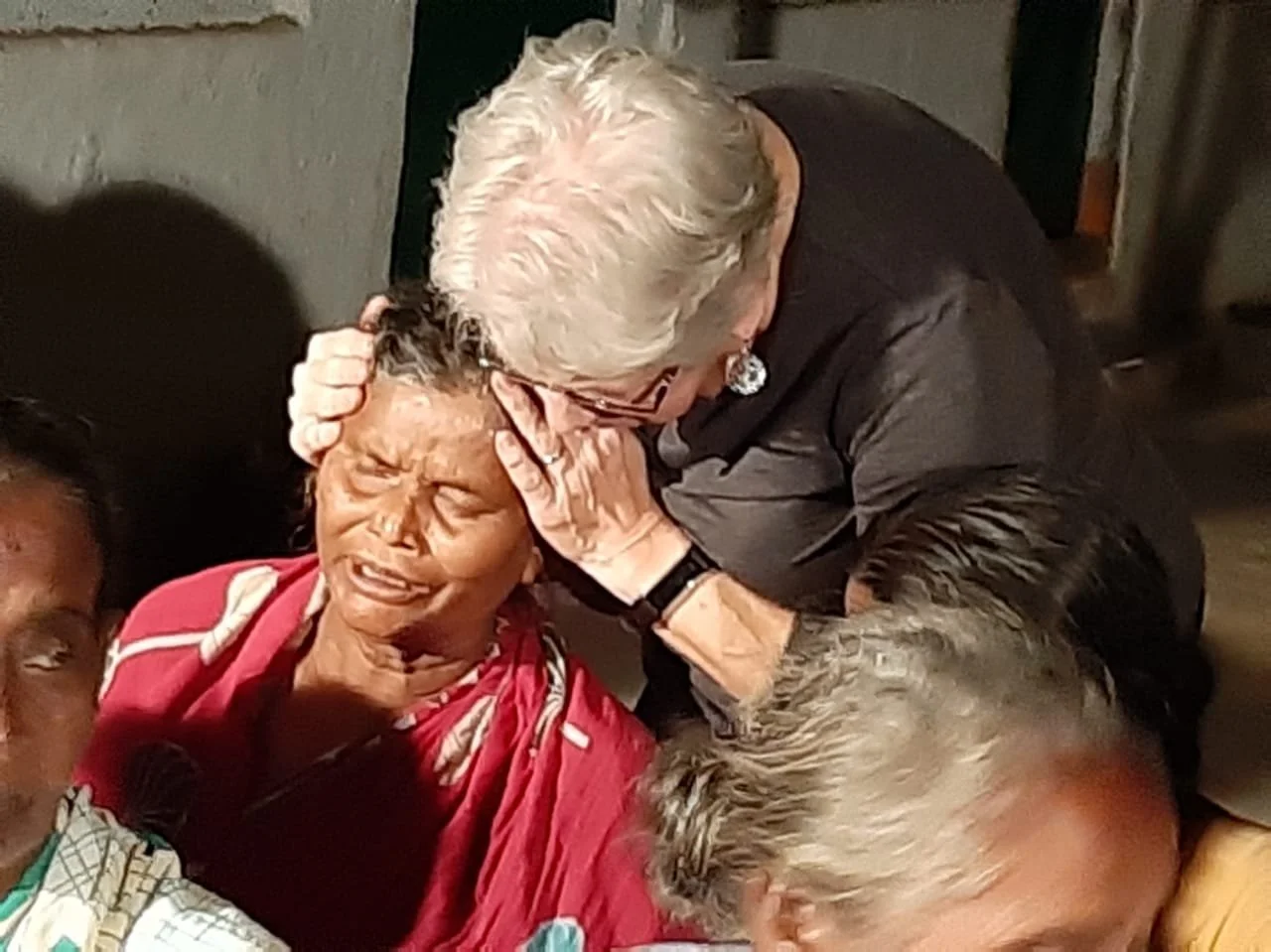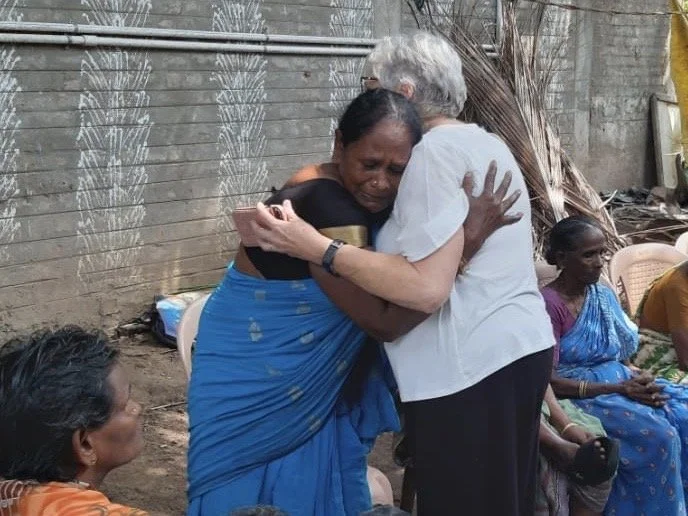Understanding Leprosy
It’s difficult to imagine how, in our modern times, people are still marginalized and/or isolated by leprosy. After all, it was around during Bible days so how is it still a problem in 2025? Questions like this emerge every time we talk about ministering to men and women in leper colonies, proving there is a lack of understanding the nature of the disease and the impact poverty has on the victims.
Misconceptions and Opportunities
First of all, the existence of these colonies does not necessarily mean forced isolation today. Many people there are living because of long‐term disability/poverty/stigma rather than government-mandated segregation.
The term “colony” may carry a colonial/segregationist stigma; many prefer “settlement” or “community of people affected by leprosy”.
These communities often face huge socio‐economic disadvantage: poor housing, little access to mainstream services, high levels of disability among residents. A study in 2024 found unmet needs in 129 colonies across seven states in India. It has been reported that as many as 100,000 new cases are reported each year. The statistical average rises significantly in tribal areas where access to medical help is virtually non-existent.
Some governments and NGOs are working to integrate these populations, reduce stigma, and improve access to mainstream housing/infrastructure/practical economic opportunities.
We Can Make a Difference
Bridges International has been working with and ministering to those in two “colonies”, both of which are populated by those with a plethora of unmet needs. We address the spiritual, but never without addressing their physical hunger and needs.
The 54 lepers in the two colonies we work in desire to live, hoping against hope. When food is scarce and our funding is depleted, they beg in the streets for alms. If they can receive some food, they eat and live. Otherwise, they starve and die of hunger. The suicide rate among lepers is grossly high due to the hopeless conditions of life. This must not happen!
In order to provide regular visits when loving and caring provision is brought to them, we need your help. Having spent time with leprosy people on several occasions, I can tell you that they are incredibly humble, grateful, and eager for a personal touch. Below are two photos taken during visits … never have I felt the depth of gratitude for a simple hug, a personal prayer, or a warm meal. Those moments will forever be imprinted on my heart.
Her tears pierced my heart.
She remembered me from a previous visit. Years had passed but the impact of our first encounter never faded. She remembered.
Love that is genuine and full of compassion is not soon forgotten.
In the case of the lepers, their alienation from family and friends makes the heart yearn for a simple touch. The leprosy, however, prevents most from any intimate encounter.
The love of Jesus flows from His people and leaves an indellible mark on those in need.


